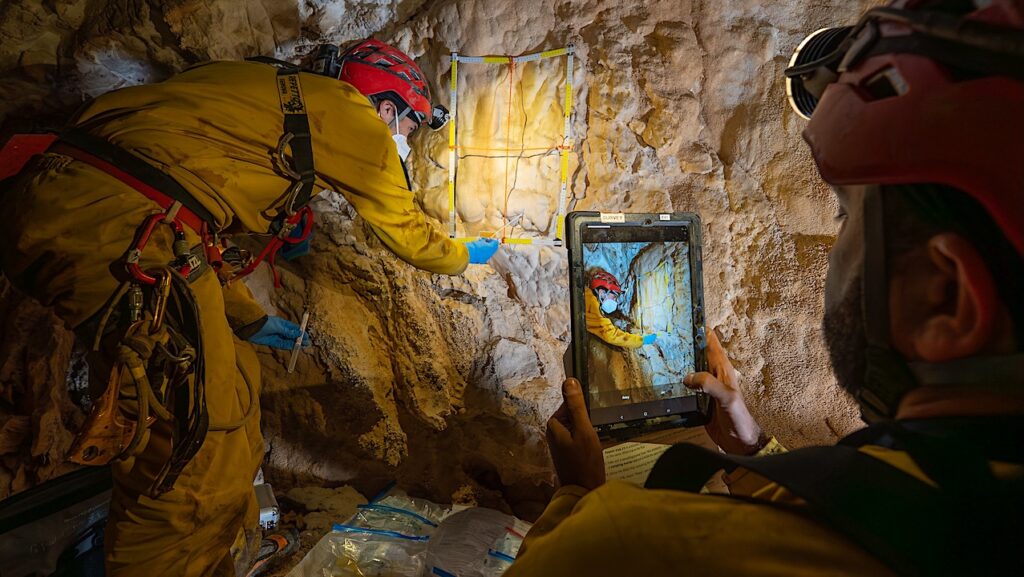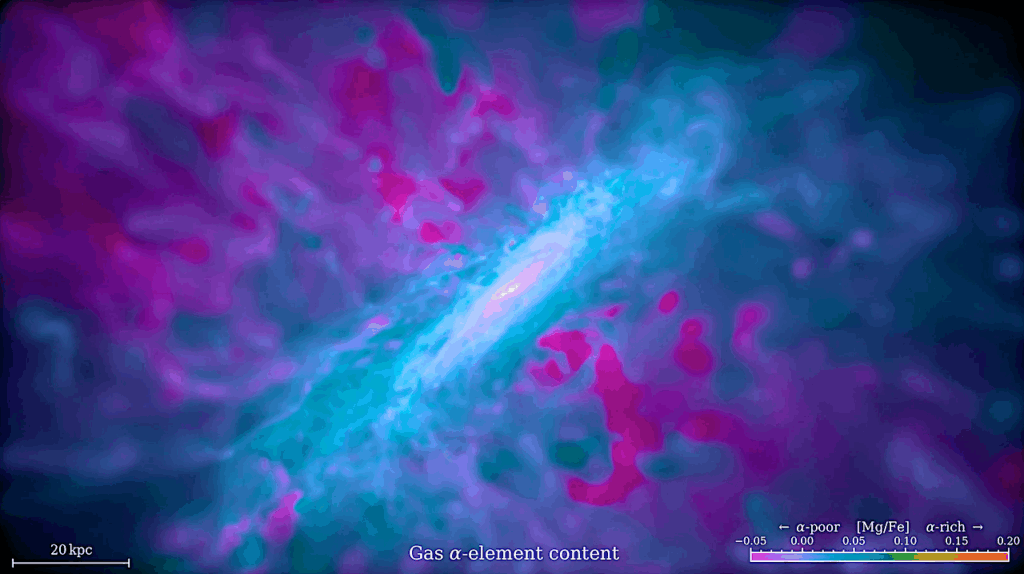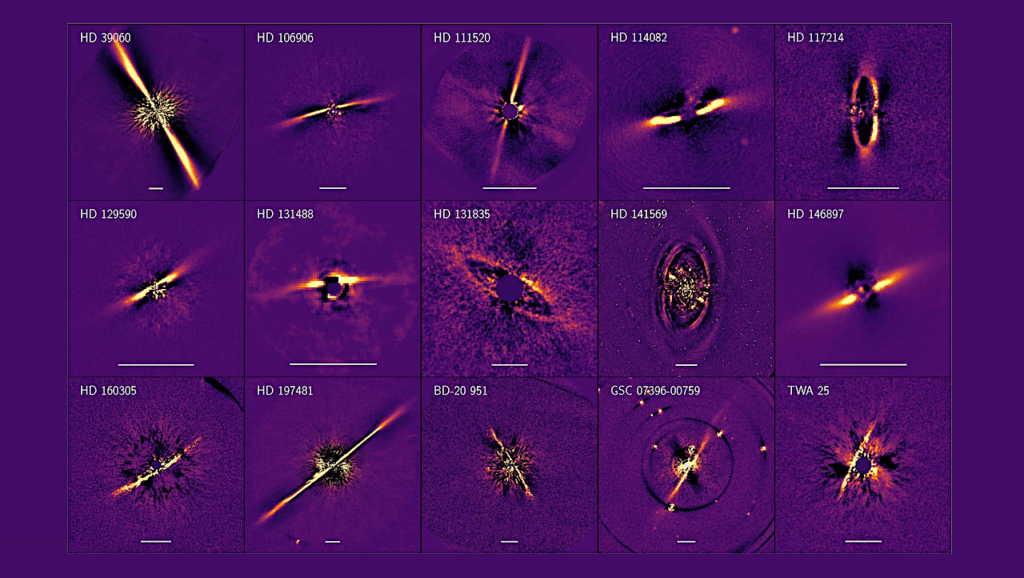Perseverance Looks Down At Itself

Montage of three images taken by Mars Perseverance on Sol 1697 Nov. 28, 2025 by the WATSON Camera – NASA
This is a montage of three images taken by Mars Perseverance on Sol 1697 Nov. 28, 2025 by the WATSON Camera.
- https://mars.nasa.gov/mars2020/multimedia/raw-images/SIF_1697_0817589021_925EBY_N0813608SRLC07021_0000LMJ
- https://mars.nasa.gov/mars2020/multimedia/raw-images/SIF_1697_0817589058_039EBY_N0813608SRLC07021_0000LMJ
- https://mars.nasa.gov/mars2020/multimedia/raw-images/SIF_1697_0817588981_039EBY_N0813608SRLC07021_0000LMJ








